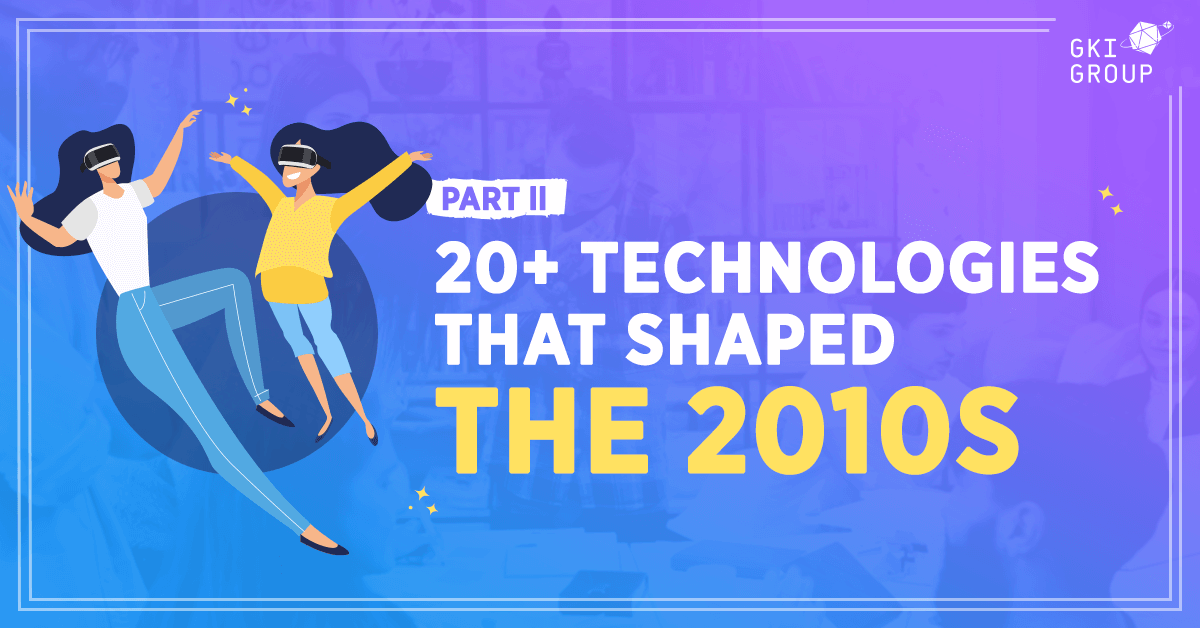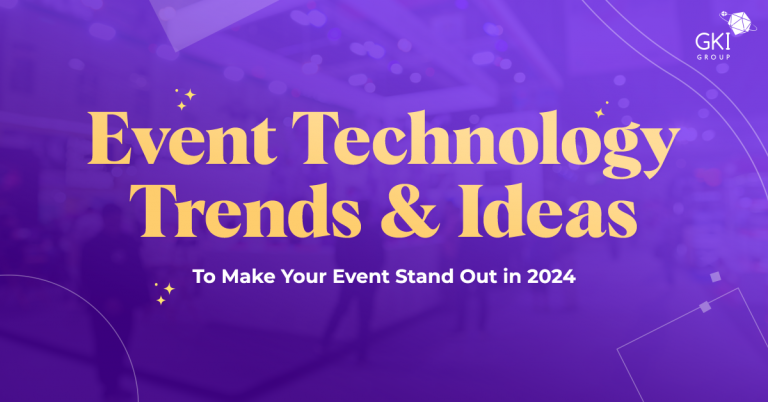The decade is coming to an end, and we’ve decided to summarize all the greatest technologies that shaped the 2010s. In part I, we’ve covered the new services, the gig economy, and the social networks.
In this second and final part, we’ll go through major technological developments and products that changed our lives during these past ten years, and some that will (probably) make their grand impact only during the 2020s.
The iPad (and other tablets) – Big iPhones without SIM cards
We know it seems like tablet phones were invented decades ago, and it’s actually true. The first tablets were imagined back in the nineties in sci-fi movies, some of which were imagined with a pen (like the Palm Pilot, GridPad, or even Apple’s MessagePad). Microsoft coined the term “Tablet PC” in 2000 when they revealed their version of it. However, the touch-screen tablets we know today were commercialized only ten years ago and became extremely popular thanks to the iPad. Despite what people may believe, Apple did not invent the modern tablet. It was first developed in the late ‘00s by Android’s Archos 5, but it was Apple’s vision that turned Tablet PCs into a best-selling product. Today, these tablets are no longer that useful as smartphone screens have grown bigger, but it’s still commonly used for reading ebooks or drawing pads. It’s also used in public spaces, such as restaurant menus, or as a way to entertain small kids at home. Best use ever.

Blockchain and Cryptocurrency – People became Crypto-rich
After 2017, Blockchain was a strong buzzword that would get investors standing in line to invest in your startup, but it has a longer history. Blockchain is a list of transaction records, located on separate computers and cannot be tampered with. They are linked together using cryptocurrency, there’s no middleman involved, and extra security is guaranteed. The first idea for blockchain was already discussed in the ‘90s, but the term was coined (pun intended) only after the Bitcoin become semi-popular in 2016.
Bitcoin was invented by a mysterious person or group called Satoshi Nakamoto in 2008, but it was this decade that turned it into something huge. After Bitcoin came the Ethereum, Ripple, Litecoin, and thousands upon thousands of cryptocurrencies, some of which are a bit obscure like Dogecoin, Cryptokitties, and Bitcoen.
2017 was the best year for Bitcoin. A best-kept secret that only Fintech geeks (and criminals via Darkweb) used, mined, and saved for a rainy day, Bitcoin became the biggest story of this year. Bitcoin prices exploded; from $1,000 at the beginning of 2017, to nearly $20,000 by the end of it. Everybody wanted a Bitcoin. They didn’t actually know why, but they wanted one. Crypto coins, Blockchain-based startups, and blockchain trading websites sprung up like mushrooms after rain.
We still don’t know what the future holds for Bitcoin and blockchain technologies. Some believe it’s the future, some believe it’s a bubble, but it sure would be interesting to see where it goes in the next decade.
Scary AI
Okay, we’re almost in 2020 and deadly AI robots still didn’t take over, but there were some points during this decade where breakthroughs in AI research really frightened us. On the other hand, these are some major achievements that could change our lives for good.
One of the leaders in the field of AI is IBM’s question-answering machine, Watson. Watson was initially built to win a game of Jeopardy (really unfair, when you have a machine with an internet connection!) but then evolved into something much bigger. Watson is now used in Healthcare and is able to help doctors provide the right treatment for patients or analyze medical imaging. It also assists in other fields such as marketing and agriculture, and even debate (but it lost to a human).
Watson’s biggest rival in the future war will be DeepMind, a UK startup that was acquired by Google. While Watson was busy solving medical files, DeepMind was busy playing video games. The AI was trained to play the computer-based version of the board game Go until it beat World Champion Lee Sedol back in 2016. However, DeepMind is not only fun and games; it’s also used for text-to-speech and for healthcare as well. Everybody wants to save the world.
A third major player is OpenAI, a non-profit company that’s trying to make the world a better place with AI, founded by Elon Musk. However, they still haven’t achieved any major breakthroughs other than winning a game of Dota II. Well, okay, that’s impressive.
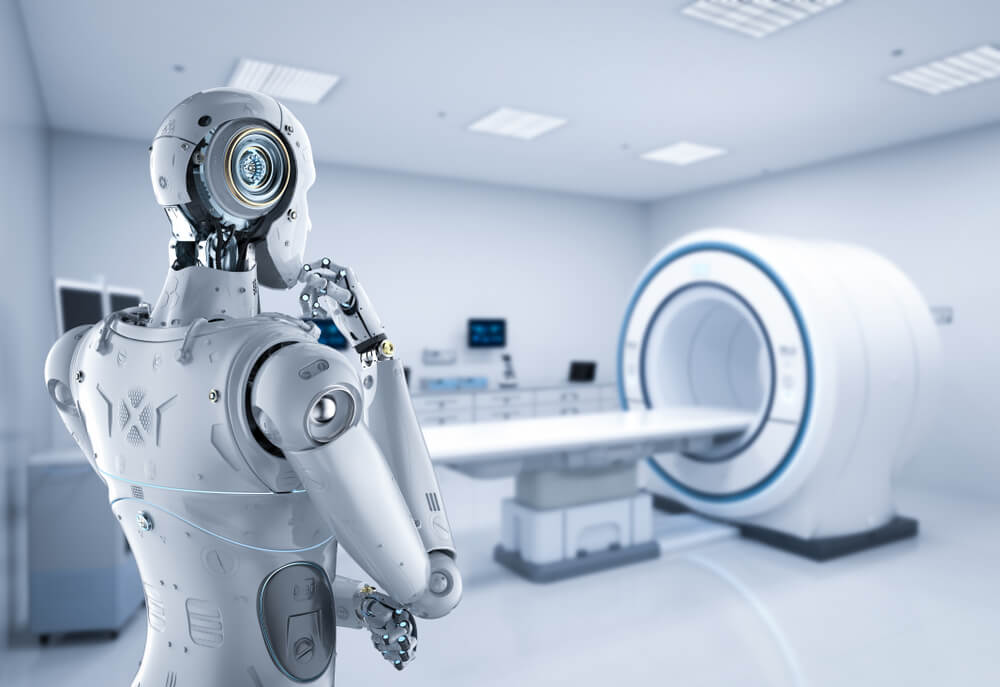
AR and VR – Can’t tell what’s real and what’s not
Augmented Reality and Virtual Reality are two buzzwords and technologies that were developed greatly during this decade, but both are yet to be finalized and perfected.
On the VR side, we were introduced to many virtual reality headsets like Oculus Rift, Microsoft HoloLens, and HTC Vive, who brought the VR to the masses… or at least those who could afford the headset and a supercomputer. So, the experience is still not good enough, not smooth enough, and may cause headaches or injuries to GKI employees (check out the video below), but it’s going the right way.
As for the Augmented Reality or mixed reality, it still needs some adjusting. The first company to try and develop an AR headset was Google. Google Glass was revealed to the world in 2013, became a huge flop, and shut down in 2015. Magic Leap was also very promising: The US company, founded by Israeli Rony Abovitz raised billions of dollars to develop the AR headset of the future. However, after years of operating in Stealth Mode and not revealing any product, the company finally began selling the beta version Magic Leap One in 2019 and fell drastically.
Not all AR developments failed. Maybe the headset products are still premature, but the technology was well implemented in smartphones. I bet you all know what we’re talking about – Pokemon Go. No further explanation needed.
Drones – We’re DRONEd into it
UAVs (Unmanned Aerial Vehicle) are here since the beginning of time and were mostly used for military purposes, but the small personal drones for personal use? Well, that’s new. Chinese company DJI was the first company to commercialize drones successfully with Mavic, along with companies like Parrot and 3DRobotics. The drones are new anywhere, helping users take cool shots, spy on their neighbors, or just “attack” airports to cease their operation.
Major tech companies found other uses in drones: deliveries. From postal packages to food delivery to medical supply, many companies, including major players like Amazon or cool Israeli startups like Flytrex, are currently developing the delivery system of the future, but more on that – in the 2020’s summary.
Another type of drones worth mentioning are the autonomous drones, pioneered by Israeli startups such as Airobotics or Percepto. These drones are used in industries like mining, oil & gas, and seaports to perform daily tasks from above: security, mapping, inspection, and more. So fly!
Reusable Launch System – Take me to Space
From drones, let’s head to a bigger flying vehicle… space shuttles.
Traveling to space can be “a bit” expensive for countries and for privately-held companies. For years, companies have tried to develop a reusable launch system that could be launched into space and land vertically and safely back on earth.
SpaceX, founded by Elon Musk (yes, him again), developed Falcon 9, the first commercially successful, partially-reusable orbital-class launch system, able to re-enter the atmosphere and land back vertically. They managed to achieve that with Falcon 9’s 20th flight on December 2015.
One major breakthrough that became an actual opportunity thanks to the Falcon 9 was the launching of the Israeli spacecraft Beresheet. Beresheet was developed by the Israeli organization SpaceIL, and after years of funding and building, it was sent as a secondary payload (to save costs) on the back of the Falcon 9 to gain its first boost towards the moon. The landing failed, but history was made. To infinity and beyond!
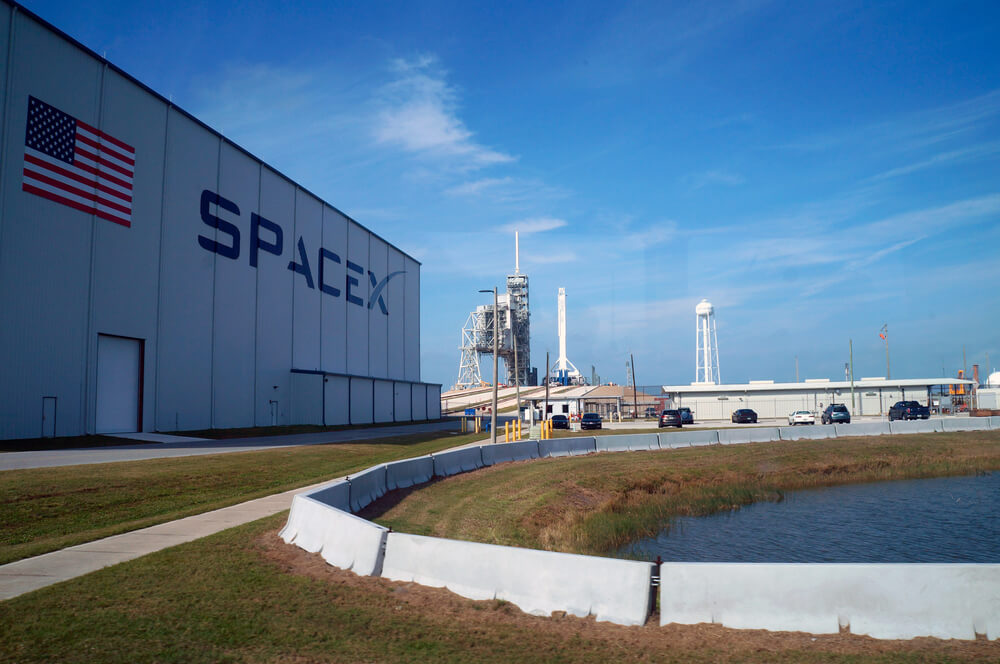
Iron Dome – A Life-Saving Invention
Without getting into politics, one of the greatest Israeli inventions is without a shred of doubt the Iron Dome. It began its development by RAFAEL in 2005, but was initially deployed in 2011. The Iron Dome’s air-defense system has saved thousands of lives ever since.
Iron Dome detects, assesses, and intercepts a variety of shorter-range targets such as rockets, artillery, and mortars. Meaning, 99% of the rockets aimed directly at Israeli targets are destroyed mid-air, reducing damage and risk of civilian lives.
Israelis probably owe their lives to the Iron Dome, more than any other technology on this list.
Technologies that will change the 2020s
While there were many technological shifts and changes over the past decade, life-change breakthroughs, and inventions, there are still some technologies that need to ripen up, just a bit. These are the developments that began in the 2010s, but would probably change our lives only in the coming decade.
Autonomous Vehicles – The Self-Driving Cars
We know, autonomous vehicles should belong in the 2010s. After all, all the major tech companies in the world began development and production during this decade, and yet, it’s still not ready. Tesla has the Autopilot, Intel has Mobileye, Alphabet (Google) had Waymo, Uber debuts its own autonomous cars, and more. There were some successful attempts to launch and test autonomous vehicle services, from trucks to shuttle services, but it requires a lot of work. It may take a few more years until the fully-autonomous cars work out perfectly, and until they come at an affordable price to the end consumer. Maybe in 2025, millions of autonomous cars will be roaming the roads, but until then – we still need to put our hands on the wheel.
Atmospheric Water Generators – Turn Air Into Water
Over 2 billion people around the world live without access to clean and safe drinking water, resulting in millions of deaths every year. Many companies began thinking of solutions for cleaning and purifying water sources, while others had a whole different idea – turn air into drinking water. One of the pioneers in that field is the Israeli company Watergen, which already has several solutions, from home use (“GENNY”, available for pre-order) to large scale generators that are able to generate 5,000 liters per day.
There are a few more companies in this business- Veragon, and South African based company WaterFrom Air- but Watergen is clearly leading the way.
So, if the patented-technology is already in use, why is it on the list for the next decade? Well, because it may require some more work, or at least more companies developing atmospheric water generators if we want to save the entire planet from thirst.
Cultured Meat
One of the biggest movements in the world right now is going greener, becoming more ecological, and attempting to put a stop to the destruction of nature Technological advancements over the years, opening factories, and the rise in consumption of nearly everything, is slowly killing Planet Earth. One way to make the world a better place is by stopping animal slaughter. While you can’t convince people to stop eating animals or to replace it with vegan options like Beyond Meat, you can try to make meat in a lab without harming any animals… or the taste of it. Over the past decade, dozens of private companies and labs around the world have been trying to produce cultured meat, using tissue engineering and some other scientific terms we should not get into. In 2013, researchers from the Netherlands introduced the world’s first lab-grown burger that was later eaten in a press conference in London. Some Israeli startups have joined the “party” as well, like SuperMeat, Future Meat, and Meatech. Everybody wants a bite of the future. There’s a lot of progress in that area, but the meat is still too expensive for mass production. Guess we’ll just have to wait for the next decade to get the real taste of it.
3D Printed Organs
3D printing is cool, but organ printing… that’s life-saving. 3D bioprinting is a new technique to grow and “print” human cells and tissues, and create an entirely functional organ ready for transplant. Even in 2019, it sounds like a futuristic technology from a bizarre Sci-Fi movie, but it actually works! Some of the organs that can be printed are liver, kidney, cornea, bones, and even a beating heart. Scientists all around the world are working on ways to 3D print organs, improve the process, and finally, commercialize it. In 2018, scientists from Newcastle University managed to print human corneas, and earlier this year, Israeli scientists unveiled the world’s first 3D printed heart with human tissues. Hopefully, over the next decade, printed organs would become more common, more available, and cut the waiting lists for organ donors. In the meantime, try to be careful.
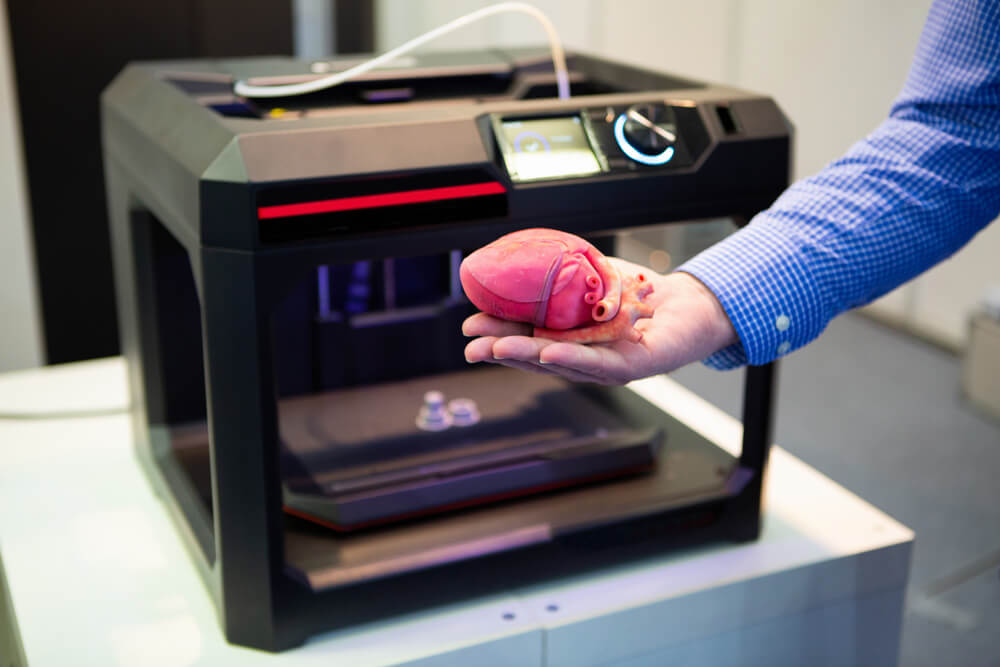
In case you’ve made it all the way down here, and still didn’t read the first part, click here!
So, that was quite long, but so was this decade, and it’s still just a tiny bit of the technologies that shaped the 2010s. There has been a lot going on. Innovative startups, not just in Israel, popped up like crazy all around the world. Governments began to realize the importance of a technological ecosystem and encourage those developments. Now, the real race has just begun: the race for better AI, quantum computing, robots, and of course, autonomous cars. See you back again in ten years, when we summarize the technologies that shaped the 2020s, hopefully with some of the prodcuts we’re currently working on (:
